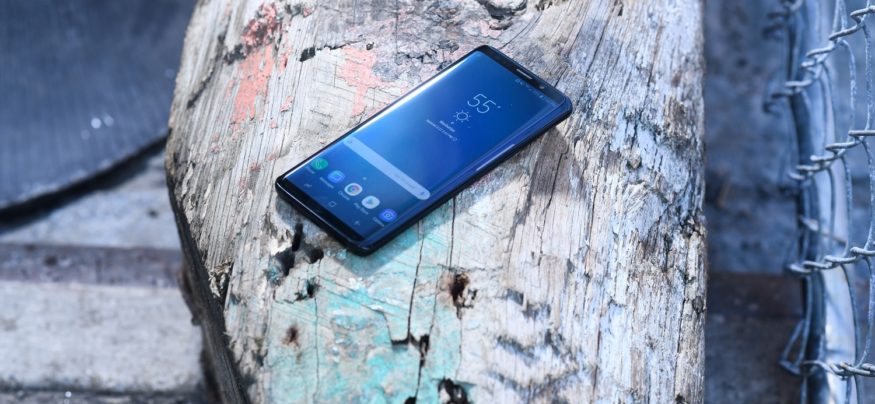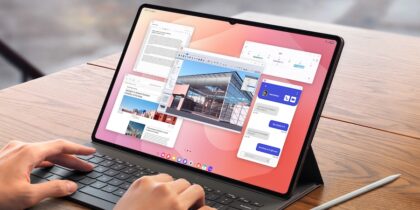In this News Insight, CIO discusses effective MEM and other ways to control costs around employee mobile programs. If you’re wondering how much you should be spending on mobile, use our mobile cost calculator to compare your investment with the industry averages. —Samsung Insights editorial team
Why do some organizations overspend on mobile technology while others manage their remote telecom expenses with maximum efficiency? Usually, the answer is simple: automation or lack of it.
Many organizations have a Mobile Expense Management (MEM) process or solution in place, which is a great start to controlling costs – but it is only a start. As food for thought, I would like to offer a few examples of worst and best practices that I have seen around MEM programs in an effort to foster improvements.
Automation
Some expense managers think just having an MEM process in place is enough, either in-house or through an outsourcing firm. But they surround the MEM process with manual processes. Move-Add-Change-Deletes (aka MACDs) is a perfect example. Mobile expenses are fluid due to the use of different devices, different carriers and rates across regions. The worst practice here is tracking and sending MACDs to the MEM provider manually. This exposes the process to manual errors, time-lags, and overlooked resource updates (someone leaves along with their mobile devices and the company unwittingly continues to pay for them. If you don’t have an accurate inventory you could be losing money.
The best practice is to automate the entire process to create a truly accurate and manageable inventory. MACDs can be automated through utilizing an organization’s procurement and fulfillment tools that automatically send these updates without much, if any, human interaction. This is important because you simply cannot effectively manage expenses on your mobile inventory if you don’t have a clear and complete inventory. If MACDs are automated the risk of inaccuracies and errors that come with manual processes are greatly minimized.
Contract negotiations
Most organizations are reactive when it comes to their vendor contracts. Their worst practice is to wait until their contract is almost due before they start to look at ways to negotiate for better rates, upgrades or different services. When the contracts are due, the vendors often have the upper hand. If managers are prepared in advance, they are better positioned to keep a necessary service in place; explain budget deficits due to vendor rate increases, as well as avoid a last-minute search for an alternative vendor and other unpleasant and time-sucking activities.
As a best practice, managers should proactively maintain an automated, running schedule of all their vendor contract dates so they can be absolutely prepared for negotiation. This will also allow them to streamline contracts across different business groups and regions – opening further avenues for savings. Additionally, an organization should consider consolidating vendor contract negotiations around a certain date each year. This could enable negotiating the best deals by leveraging competitive areas among the vendors, who will be eager to keep the business.
Near-sighted views on savings
Many organizations believe there are only a couple of ways to save when it comes to MEM – reduced bills and better contract negotiation, another worst practice. What they don’t consider are other ways to save or types of savings. At the risk of using a cliché, the best practice is to think outside the box. For example: consider separating devices from long-term contracts, or using different types of devices for different functions more effectively? The “U.S. Enterprises Should Separate Wireless Device and Service Purchases to Optimize Costs” report by Gartner states, “U.S. cellular providers offer domestic service discounts of 20% or more for plans used with unsubsidized phones. Enterprise IT and telecom procurement leaders buying U.S. mobile service can drive cost optimization by mandating cellular contract proposals include quotes for unsubsidized device plans.” Often, outsourcing the logistics side of the business – which, while it might incur an upfront monthly cost – opens the opportunity for increased efficiencies across the organization through more effective management, as well as allowing those who used to own it to focus on growth opportunities within the firm.
Mergers and acquisitions
The most critical phase of a merger or acquisition is the integration of two or more organizations. It is difficult to generalize best/worst practices in these integrations because each is unique. However, a bad practice would be to simply assume that the buyer has all the smarts and resources and the seller should just switch over regardless of utility and expense analysis. We’ve seen many integrations where one organization uses Apple iOS devices and the other uses Android or another system. The best advice is to go deep to understand the needs of all parts of the combined organization before choosing or discarding devices and vendors.
Bring Your Own Device (BYOD)
According to research from Citrix, 61 percent of employees report working outside the office at least part-time. In the end, a successful BYOD program will address cost controls and enable increased productivity, and most of all promote enterprise data security. Perhaps the most complex aspect of MEM is the application of an effective BYOD policy. Much has been written about best and worst practices in BYOD that do not bear repeating here. But keep in mind that legal and regulatory changes are coming. In the US, there have been court cases that require companies to reimburse employees who use their own mobile devices for work.
In one case (Cochran v. Schwan’s Home Services, Inc), a court cited California Labor Code section 2802 which obligates employers to reimburse employees for “all necessary expenditures or losses incurred by the employee in direct consequence of the discharge of his or her duties…” Applying this labor law to mobile devices, the court said “… to be in compliance with Section 2802, the employer must pay some reasonable percentage of the employee’s cell phone bill.” In another case (Mohammadi v. Nwabuisi, an employer in Texas was found liable for not compensating an employee for overtime work performed on an employee-owned device. And another Texas case (Rajaee v. Design Tech Homes, et al.) involved a that company remotely wiped the iPhone of a sales rep when he resigned.
Depending on their outcomes, these and other cases could affect the growing workplace trend of Bring Your Own Device (BYOD)—so caveat emptor.
This article was written by Craig Riegelhaupt from CIO and was legally licensed through the NewsCred publisher network. Please direct all licensing questions to legal@newscred.com.
Download our guide to rolling out a successful and cost-effective CYOD mobile initiative.
![]()








